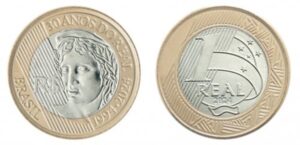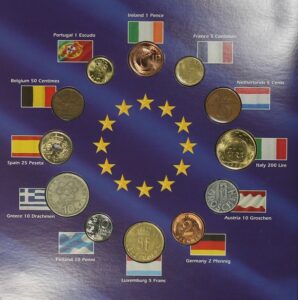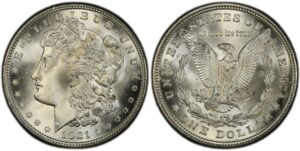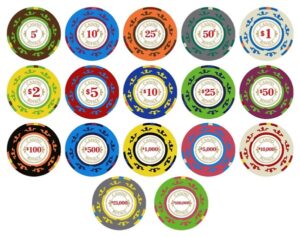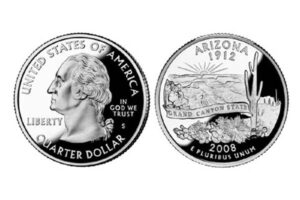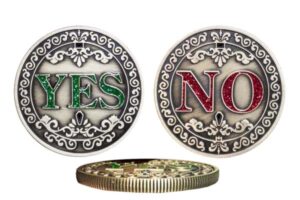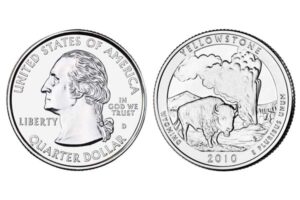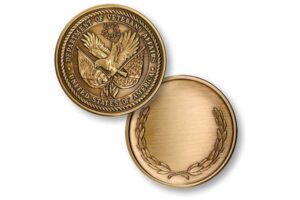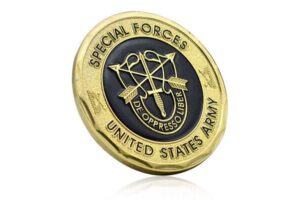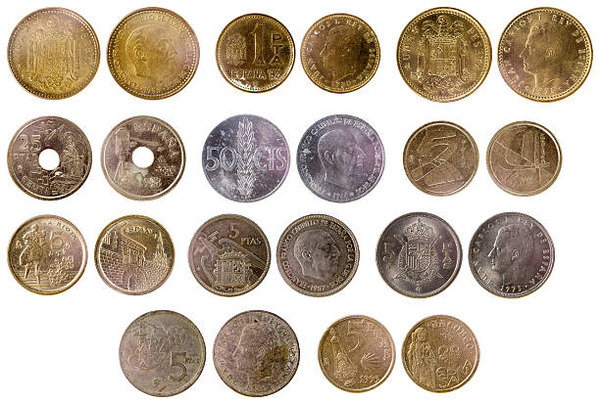
When I first held a 1780 Spanish 8 Reales1 coin, its worn edges whispered stories of galleons and global trade. But what exactly do we call these pieces of history?
Spanish coins are officially called "euros" today, but historically included reales, escudo2s, and maravedíes. Collector terms like "cob coins" describe irregularly shaped colonial-era pieces.
Let's dig deeper. From the coins jingling in Madrid cafés to treasures in numismatic auctions, Spain's currency history reveals economic shifts and cultural identity.
What Is a Former Spanish Coin Called?
Before euros, Spain's coins reflected its empire's might. The most iconic? The silver "piece of eight."
The Spanish real (plural: reales) was the standard from the 14th to 19th centuries. The 8 Reales coin became the first global currency, later inspiring the US dollar sign.
Key Historical Periods for Spanish Coins
| Era | Coin Name | Material | Notable Feature |
|---|---|---|---|
| 1300s | Maravedí | Gold | Islamic influence |
| 1500s | Escudo | Gold | Columbus expedition funds |
| 1700s | 8 Reales | Silver | "Pillar dollar" design |
| 1800s | Peseta | Silver/Billon | Introduced decimal system |
The 8 Reales' "milled edge" innovation prevented silver shaving - a 17th-century anti-fraud measure still used today.
What Coins Are Used in Spain?
Since 2002, Spain's coins blend modern EU standards with national pride.
Spain uses euro coins (1, 2, 5, 10, 20, 50 cents, €1, €2) featuring King Felipe VI's portrait and UNESCO World Heritage sites on national sides.
Euro Coin Designs
- 1¢ to 5¢: Cathedral of Santiago de Compostela
- 10¢ to 50¢: Miguel de Cervantes portrait
- €1 and €2: Royal Seal of Spain
Fun fact: The €2 coin's edge lettering says "2**" repeated - a security feature against counterfeits.
Which Spanish Coins Are Valuable?
My client once found a 1933 25 Pesetas coin in his abuelo's attic - worth €12,000!
Valuable Spanish coins include 1808 Joseph Bonaparte 20 Reales (€35k+), 1870 Amadeo I 100 Pesetas gold (€28k), and 1937 Burgos Mint 5 Pesetas (Civil War rarity).
Top 5 Valuable Spanish Coins
-
1799 8 Escudos Gold Coin
- Mint: Madrid
- Auction Record: $138,000 (2021)
- Why valuable: Only 12 known examples
-
1905 25 Pesetas Alfonso XIII
- Error: Double-struck reverse
- Last sale: €47,600
-
1933 25 Pesetas
- Mintage: 58 pieces
- Historical context: Minted during Second Republic turmoil
-
1609 Seville Mint 4 Maravedíes
- Material: Copper
- Value: €8,900+
- Significance: Early American colony currency
-
1989 Proof Peseta Set
What Is the Old Spanish Money Called?
Before 1868, Spain's monetary system resembled a complicated tapas menu.
The pre-euro Spanish currency was the peseta (1868-2002), preceded by the escudo (gold) and real (silver). Regional currencies like the Catalan croat coexisted until 1850.
Currency Timeline (1700-2002)
- 1700-1868: Real system (8 reales = 1 peso)
- 1868-2002: Peseta system (100 céntimos = 1 peseta)
- 2002-present: Euro
I once handled a 1850 Barcelona-made 2 Reales coin - a rare transitional piece from regional to national currency.
What Are Old Spanish Gold Coins Called?
Spanish gold coins built empires. The most famous? The "Excelente" of Ferdinand and Isabella.
Key Spanish gold coins were the excelente (1475-1535), escudo (1535-1849), and 100 Pesetas (1870-1904). The 1715 Fleet escudos still wash up on Florida beaches.
Gold Coin Comparison
| Coin | Gold Content | Modern Value |
|---|---|---|
| Excelente (1500) | 3.5g 23K | €4,200 |
| 8 Escudos (1650) | 27g 22K | €18,000 |
| 100 Pesetas (1897) | 6.45g 21.6K | €320 (melt) €900 (numismatic) |
Pro tip: Authentic escudos show the Habsburg shield with visible Portuguese quinas (five dots) - a 1640 political statement.
Preserve History with Modern Craftsmanship
After decades in metalwork, I've seen demand grow for reproduction coins that capture historical detail without museum prices.
Why collectors choose our replicas:
- Material authenticity: 24K gold/sterling silver plating
- Precision: 0.01mm engraving accuracy
- Custom options: Add patina effects or modern security features
Educational Coin Kits We Offer
| Set | Contents | Price Range |
|---|---|---|
| Spanish Empire | 8 Reales, Escudo, Maravedí replicas | $149-$399 |
| Civil War Era | 1937 Burgos 5 Pesetas, Republican issues | $89-$259 |
| Euro Transition | Last peseta + first euro coins | $69 |
Last month, we helped a Texas school create tactile coins for visually impaired history students - proving numismatics can be both accurate and inclusive.
Conclusion
From the maravedí to the euro, Spanish coins map technological advances and cultural exchanges. Whether you're holding a 500-year-old escudo or our modern replicas, each piece connects us to the artisans and empires that shaped our world.
-
Explore the rich history of the 8 Reales coin, a pivotal piece in global trade and currency evolution. ↩
-
Discover the fascinating history of the escudo, a key currency that funded explorations and shaped Spain's economy. ↩
-
Learn about the peseta's significance in Spain's monetary system before the euro, reflecting economic changes. ↩

